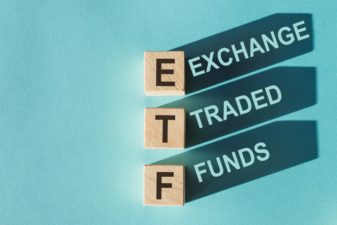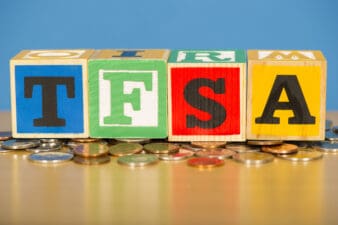Do you work for the Government of Canada?
If so, did you know that your pension might be clawed back once you take Canada Pension Plan (CPP) benefits?
It’s not something most people know about, but it’s true. The pension you receive when you retire from the Federal Government includes both the pension itself and a bridge benefit. The bridge benefit is designed to make up for the fact that you aren’t receiving CPP yet (assuming that you take your employer pension before you take CPP). Once you get CPP, this portion of your pension will cease being paid. The result for many retiring government workers is a monthly pension benefit that is much lower than they thought it would be.
Bridge benefit
In order to understand how the CPP reduces your employer-sponsored pension, we first need to understand what the bridge benefit is. The Federal Government defines a pension bridge benefit as “A temporary amount payable from the date your pension begins until age 65 or when CPP or QPP disability benefits begin, whichever occurs first.”
If you are like most government workers, you’ll have the option to retire before you start taking CPP. If you do so, your employer will pay you a little extra to “bridge the gap” between what you’re getting and what you would be getting if you had both CPP and your other pension. It’s basically a “top-up” that is in addition to what you earned under your employer’s pension benefits calculations.
When you start receiving CPP, there is no “gap” that needs to be “bridged” any longer, so your monthly pension payout is reduced. For most government workers, this means that taking CPP does not actually increase their pension income. A few I’ve talked to have even said that when they took CPP, their total pension income went down! This outcome is definitely not the intended one, and I wouldn’t rule out some embellishment on the part of those informing me of it. It wouldn’t surprise me if it happened occasionally. At any rate, the receipt of CPP certainly reduces the portion of your pension income that comes from your employer’s plan.
Idea: Supplement your retirement income with investments
If you’re concerned about CPP reducing your pension income, you could consider investing in an Registered Retirement Savings Plan or Tax-Free Savings Account (TFSA). Along with CPP, Old Age Security, and other pension plans, these accounts are among the best assets you can own for building retirement income. Holding dividend stocks inside such accounts can be a good idea, as such stocks pay you cash income.
Consider Fortis (TSX:FTS). It’s a Canadian utility stock with a 4% dividend yield. At that yield, $100,000 invested into FTS pays out $4,000 per year. That’s not a bad little income supplement right there. And it could grow. Over the last 49 years, FTS has raised its dividend each and every single year. It aims to do more dividend hikes in the years ahead. If Fortis can pull off just one more dividend hike, it will become a “Dividend King” — a company with an uninterrupted 50 years of dividend growth.
With dividend stocks like Fortis in a TFSA, you can pile up a lot of passive income tax-free. Over time, that could add to your retirement income significantly.








